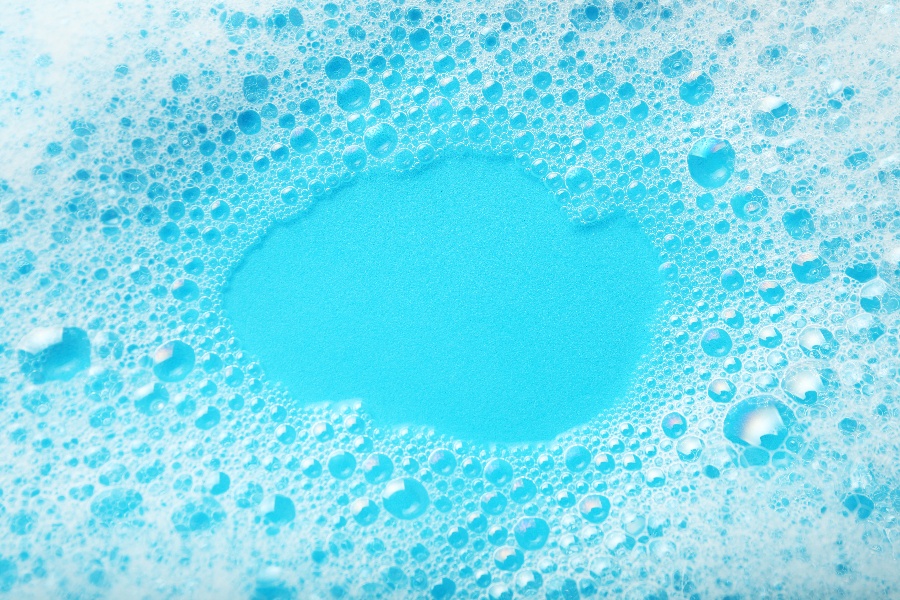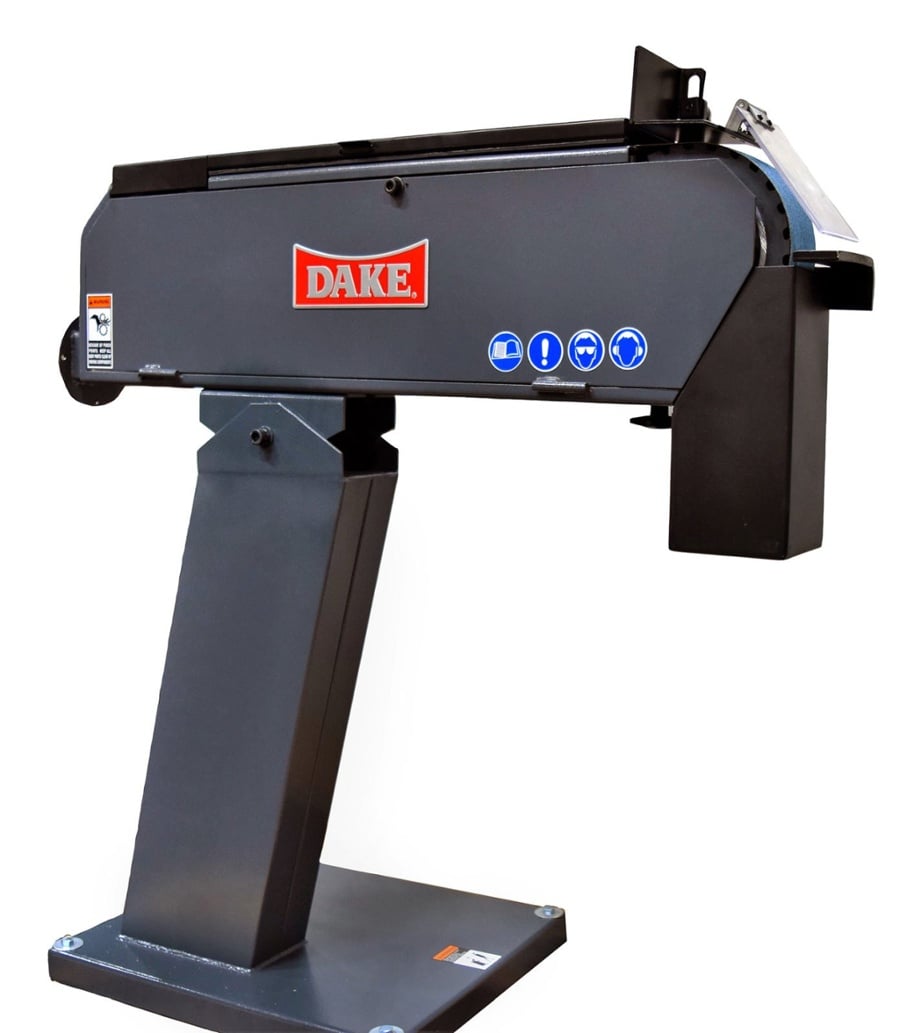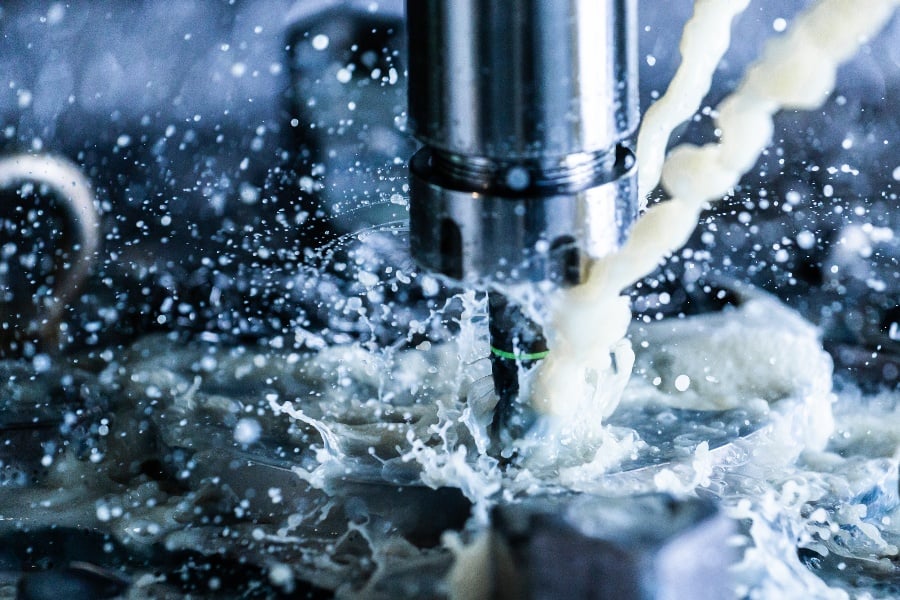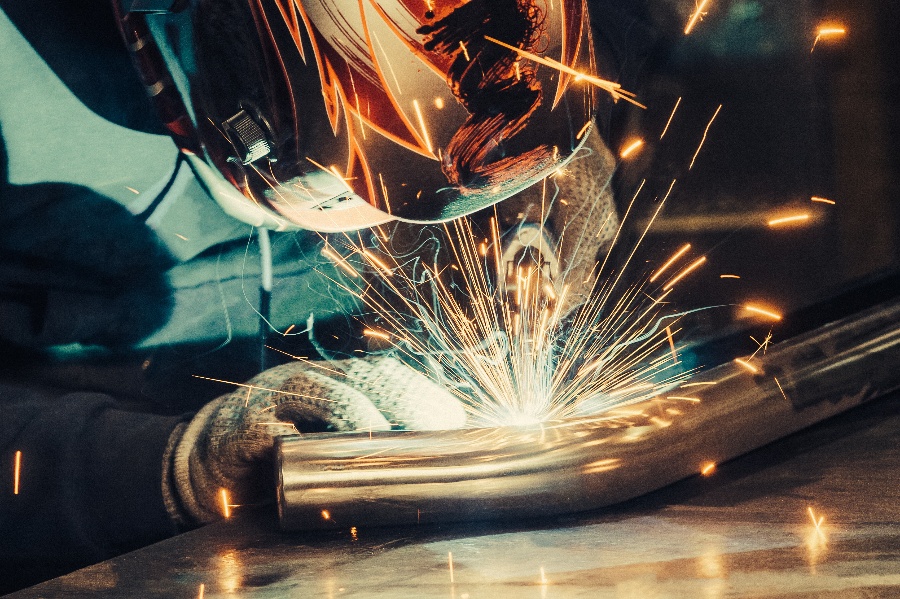If you have recently opened your own shop, then you may be left wondering what solution works best for cleaning your metalworking equipment.
As of now, there are two options – aqueous and solvent-based cleaning. In this post, our experts here at Dake will walk through the pros and cons of each option to help you decide which one is suitable for metalworking machine cleaning.
Aqueous Cleaning
Used as an efficient method of cleaning since the dawn of mankind, water is the traditional route to take when cleaning metalworking machines. However, since many heavy machines are built out of cast iron, this method has left some metalworkers wondering if it’s the best solution.
The problem that water-based cleaning presents is rust. Most metals are not resistant to moisture, and cleaning them with water can lead to rust damage and corrosion over time. In order to use water while cleaning your machines, you will need to add rust prevention solutions and brighteners to keep the exterior coat of the machine looking new and shiny.
Another problem with using water-based cleaning methods is that water is weak on its own. A simple water rinse will do nothing to reduce oil buildup or gunk. It is only good for cleaning off dust and debris. To make a water-based cleaning solution that actually works, you will need to add emulsifiers, detergents, builders, sequestering agents, and chelating agents. These added elements will help to strengthen the water’s ability to clean metal.
At this point, the cleaning solution is water-based, though it is no longer just water. As a result, the waste produced by these cleaning solutions is highly toxic to the environment and must be heavily filtered, distilled, deionized, and prepped for osmosis before this wastewater can be disposed of.
Some of the added chemicals that enhance the water’s ability to clean may be non-biodegradable. This can present a problem as the movement for green, environmentally-friendly products is gaining more traction.
Furthermore, the amount of water it takes to clean the machines inside of a large metalworking facility presents another disadvantage. Aqueous-based cleaning systems need to run at very hot temperatures to clean the machine effectively. That means that these systems require more power and consume more energy.
Since water is considered to be a non-renewable resource that is hard to come by in some parts of the world, it has been labeled with a low sustainability rating.
The final issue with water-based cleaning is that it is harder to dry once the cleaning process is done. When water gets into the tiny holes and gaps of the metalworking machines, it can leave behind water stains and even cause corrosion.
Solvent Cleaning
If you are looking for an alternative to water-based cleaning, then solvent cleaning is the answer. No, solvent cleaning is not simply adding detergent to the water and calling it a day. Solvent cleaning uses a vapor degreaser to thoroughly clean metalworking machines.
Today’s vapor degreasers use environmentally-friendly solvents to safely and consistently clean the machines. The solvents are designed with low surface tensions, low viscosities, and high densities to get every surface of the machine wet.
Penetrating the most complex parts of the machine, these solvents have the ability to dissolve grease, contaminants, and stubborn gunk.
Due to the nature of these solvents, this method of cleaning is compatible with a wide range of both metals and plastics. Chemically- and thermally-stable, solvents are non-flammable and will not turn acidic during use. This means that they are safe for your workers and safe for the environment.
Finally, a vapor degreaser will leave your machine spotless, cool, and completely dry once the process is complete. You can get the machine back up and running immediately.
Removing Contaminants
If your machine is dirty, it’s important to identify the contaminants before starting the cleaning process. You need to do this because the cleaning method needs to be appropriate to the contaminant. First, you need to identify whether the contaminant is a particulate, inorganic (polar), or organic (non-polar). Let’s go over what these contaminants mean.
Particulates are unable to dissolve in water or solvent-based solutions. These include dust, metal shavings, polishing pastes, stearates, and surfactants. Since these contaminants cannot be dissolved, they must be displaced.
This means that a cleaning fluid needs to get underneath the particulate and wash it away from the surface of the machine. You can use aqueous cleaning methods for this.
Inorganic (polar) contaminants are soluble in water. These include emulsion residue, salts, graphite, and soaps. Other types of inorganic contaminants include smuts, metallic compounds, tarnish, rusts, and heat scale.
Aqueous cleaning can also be used to remove these inorganic contaminants. You will need to add detergents and surfactants to encapsulate and emulsify the inorganic contaminants in order to wash them off of your machine.
Lastly, organic (non-polar) contaminants can only be dissolved in a solvent-based solution. These are oxygenated, halogenated, and hydrocarbons contaminants that can include grease, baked-on resins, staking oils, esters, and corrosion prevention agents.
Water-based cleaning will not work with these contaminants. You must incorporate a vapor degreaser to get this type of gunk off of your machines.
Choosing the Right Cleaning Method
Now that we have reviewed the pros and cons of aqueous and solvent-based cleaning and how they each work with various contaminants, you can make an educated decision about which method is best for your metalworking machines.
Keep in mind that while water-based cleaning can be more wasteful, sometimes it’s a simple solution. Not every cleaning job needs a vapor degreaser.
The best practice to follow in all aspects of your metalworking business is to also use the appropriate tool for the job at hand. Overkill is unnecessary even in the cleaning process.
Get in Touch
Do you have a specific question about one of our machines? Get in touch with our experts today, and they will answer all of your questions.
-1.jpg?width=1200&height=525&name=DAKE003_%20Logos_Red%20(002)-1.jpg)



